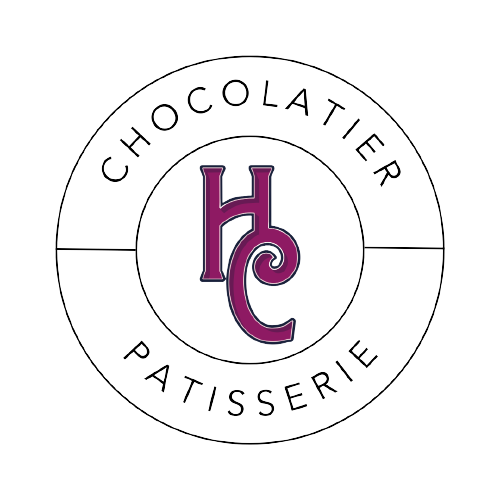Chocolate vs Chocolates
At Hot Cocoa I make “chocolates” not “chocolate”. This can be confusing and sometimes people can be put off by the fact that I don’t start at the very beginning (a very good place to start).
The two processes are very different and require two different sets of very specialist equipment. People often specialise in one or the other and if they make and sell their bean to bar chocolate directly to consumers they often just sell it as bars or callets, rather than more complex chocolates. Bean to bar is what we call the process of chocolate making and it is where small chocolate businesses are in control every step of the way right from the cocoa pods on the farm. This ensures that no corners are cut and that the farmers and workers are treated well and paid fairly. As a chocolatier I use the chocolate that other people make to create delicious treats. The is a huge wide world of amazing chocolate out there once you step away from the supermarket and I like to bring out the best in them and make sure you too can enjoy them. I use a variety of suppliers and take my time to choose the ones I use. This can change quite often as the differnt chooclates pair well with differnt flavours.
Below outlines the process of how the cooca pods become out beloved chocolate.
The Very Beginning, The Cocoa Pod
If you didn’t already know, cocoa pods grow on trees. They are rugby ball in shape but slighty smaller. Cocoa trees grow in Central and South America, West Africa and South East Asia (within 20C of the equator).
The cocoa pods are born from the flowers of the cocoa tree and the trees flower twice a year. Although not all flowers become pods. Productivity depends on the age of the tree. After around 5 years a tree can yeild up to 3kilos of cocoa per year.
The Cocoa Fruit
The cocoa pods (fruit) can come in various colours; green, yellow, reddish. These vary depending on the genetics and degree of ripeness. There can be anywhere between 10 and 60 cocoa beens inside a single pod. To make one of our classic chocolate bars you would needs around 35 cocoa beans.
When the pods are ripe, workers harvest them by hand using macheties. Once harvested, the pods are split in half and the seeds and pulp are removed.
Fermenting
This is where the cocoa seeds first being to take on some of the qualities that we would recognise in our beloved chocolate. For the fermentation they are either placed in large, shallow, heated trays or covered with large banana leaves. If the climate is right they may be simply heated by the sun. Workers periodically stir them so that the beans get an even ferment. The process can take between 2 and 8 days.
During the process the beans develope their natural flavours.
After fermentation, the beans needs to be dried. The farmers spread them into thin layers and let the sun take care of the rest. This can take about a week. Once they are dried they are ready to pile into sacks ready to be taken to the next place on their journey.
Manufacturing
The dried beans are then taken to factories (or purchased by small independant chocolate makers) The beans are then roasted. This process brings out the euphoric aromas of cocoa and it is now that you can truly tell that this is becoming chocolate. Roasting the beans ‘customises’ the flavours as different levels of roasting can end in very differnt results from the same beans. The way and heat of the roast is up to the manufactorur as they will determine the end result.
Once roasted the beans are “winnowed” which removes the shell from around the bean. What’s left behind is called a cocoa nib.
Grinding and Conching
The cocoa nibs are now ground into chocolate liquor (cocoa mass). Cocoa liquor contains approximately 50/50 cocoa butter and cocoa solids. The cocoa liquor can either be used as it or it can be pressed to seperate out the cocoa butter and the cocoa mass.
Once ground, the cocoa can is refined even further by conching (continuous fine grinding). It is at this stage that the manufacturer can add more ingredients such as sugar, milk powders and flavours to determine the end result.
Each chocolate maker has thier own preferred time for conching. It can be as little as a few hours or as long as a few days. The liquor is then blended with varying amounts of cocoa butter which also determines the final outcome.
Tempering
The final process in making chocolate is called tempering. Uncontrolled crystallization of cocoa butter typically results in crystals of varying size, some or all large enough to be clearly seen with the naked eye. This causes the surface of the chocolate to appear mottled and matte, and causes the chocolate to crumble rather than snap when broken (chocolate bloom). The uniform sheen and crisp bite of properly processed chocolate are the result of consistently small cocoa butter crystals produced by the tempering process.
To learn more about the tempering process keep an eye out on future blog posts!







